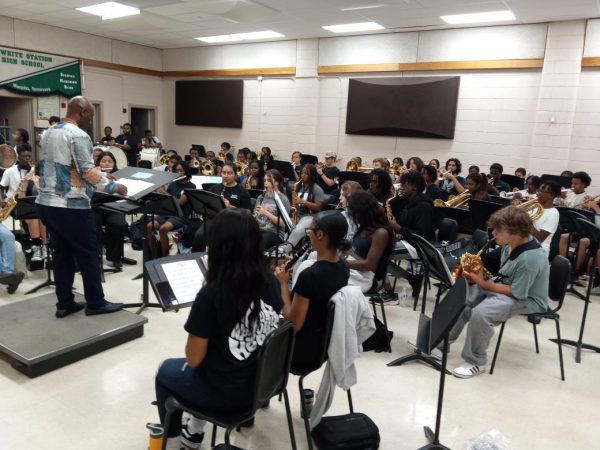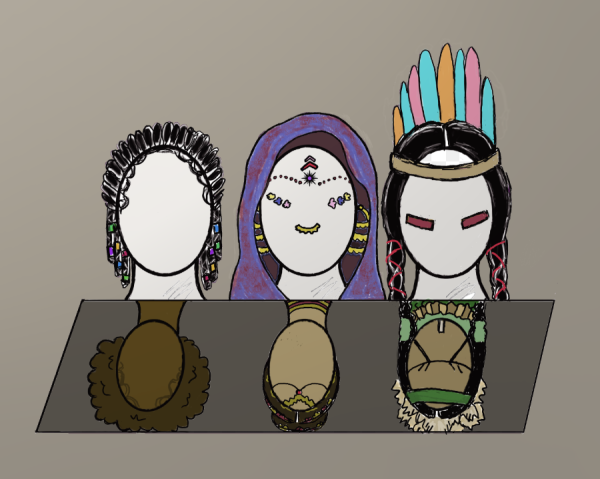From Rome to romance
The origins of Valentine’s Day traditions
February 14th is a loved holiday all around the world. But its history is a lot richer than the chocolates that are being consumed in its commemoration.
Ah, Valentine’s Day: a time for red roses, chocolate hearts and teddy bears. Oh—and Roman celebrations of fertility.
As you might expect, Valentine’s day hasn’t always been the commercial holiday we’re used to today. Its earliest origins date back to roughly the eighth century BC in the form of Lupercalia: an ancient Roman ritual (notably celebrated in mid-February) in which couples were paired off for marriage.
By 500 AD, Catholics were celebrating the holiday in honor of three martyred saints by the name of—you guessed it—Valentine. While the histories of these men are relatively allusive, one of the more popular legends tells that St. Valentine was a Roman priest who performed marriages for soldiers despite the orders of Emperor Claudius II. (According to Claudius’ logic, single men made better warriors than those tied down by wives and families.)
This particular St. Valentine is said to have worn a ring embellished with an image of Cupid and to have handed out paper hearts as a reminder of Christians’ love for God. Given these ties to modern Valentine’s Day imagery, this legend is generally the most accepted origin story of St. Valentine, now known as the patron saint of love.
Contemporary customs were relatively solidified by the 18th century, at which point Americans and Brits of all social classes were exchanging small tokens of affection every Feb. 14. In the 1840s, American artist and businesswoman Esther A. Howland began mass-producing the first valentines in the U.S., greatly contributing to the popularization of the commercialized traditions we follow today.
Flash forward a couple hundred years, and Valentine’s Day is the second largest card-sending holiday on the calendar (only falling in behind Christmas), with an estimated 45 million valentines sent annually. According to the National Retail Federation, women spend an average of $97.77 on the holiday, while men spend about $229.94.
So whether you’ll be spending this Valentine’s Day cozied up with your significant other or drowning your sorrows in a box of overpriced chocolates, just be thankful you’re not celebrating fertility with thousands of pagan Romans.
Your donation will support the student journalists of White Station High School. Your contribution will allow us to purchase equipment and cover our annual website hosting costs.












































